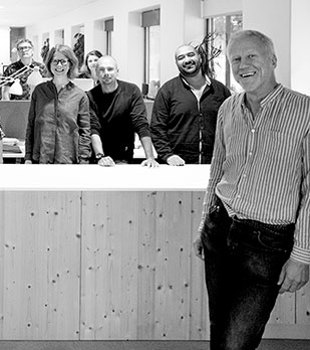LUND, SWEDEN Eco-friendly, sustainable, aesthetically pleasing, economical and fire safe are some of the well-known and well-documented properties of wood that make it an attractive construction material. I have therefore chosen not to pursue them any further.
Instead my focus is on the strength and formability of the material The ratio between the strength of wood and its density is greater than for most other traditional construction materials – including regular structural steel. This property makes wood ideal for spanning large expanses. It is no coincidence that structures with extremely large spans are often built in wood. One example is the Tacoma Dome, Washington, USA, with its span of 161 metres.
And when it comes to formability, shaping wood is easy. When you need special geometries such as curved or even double-curved surfaces, it is often much easier (for which read: more economical) to choose wood instead of other construction materials. CNC machines have opened up entirely new opportunities for finishing, and prefabricating and machining often gives better results than traditional craft methods. This has made wooden structures more competitive.
But two aspects need to be considered when planning wooden structures, particularly large ones.
1) To make best use of the material, you should create shapes that only generate stresses in the direction of the wood grain. Wood is considerably stronger with the grain than across the grain.
2) Wood is a ‘living material’ that moves. Try to predict what movements might occur and do not prevent them. This can avoid dangerous design-induced stresses.
Finally, I would like to urge structural engineers and architects to be a little more open-minded when it comes to the use of wood in combination with other materials. Sometimes it can beneficial to replace parts of the wooden structure with steel stays, for example, particularly when transferring significant tensile forces and/or when seeking to minimise load eccentricity. Composite structures that combine wood and concrete also have their benefits. Floor structures in wood and concrete are generally considerably more rigid than the equivalent structure purely in wood with the same cross-sectional dimensions. Consequently, the sagging and vibration properties of a composite floor structure are often much better than those of a wooden floor structure.





























